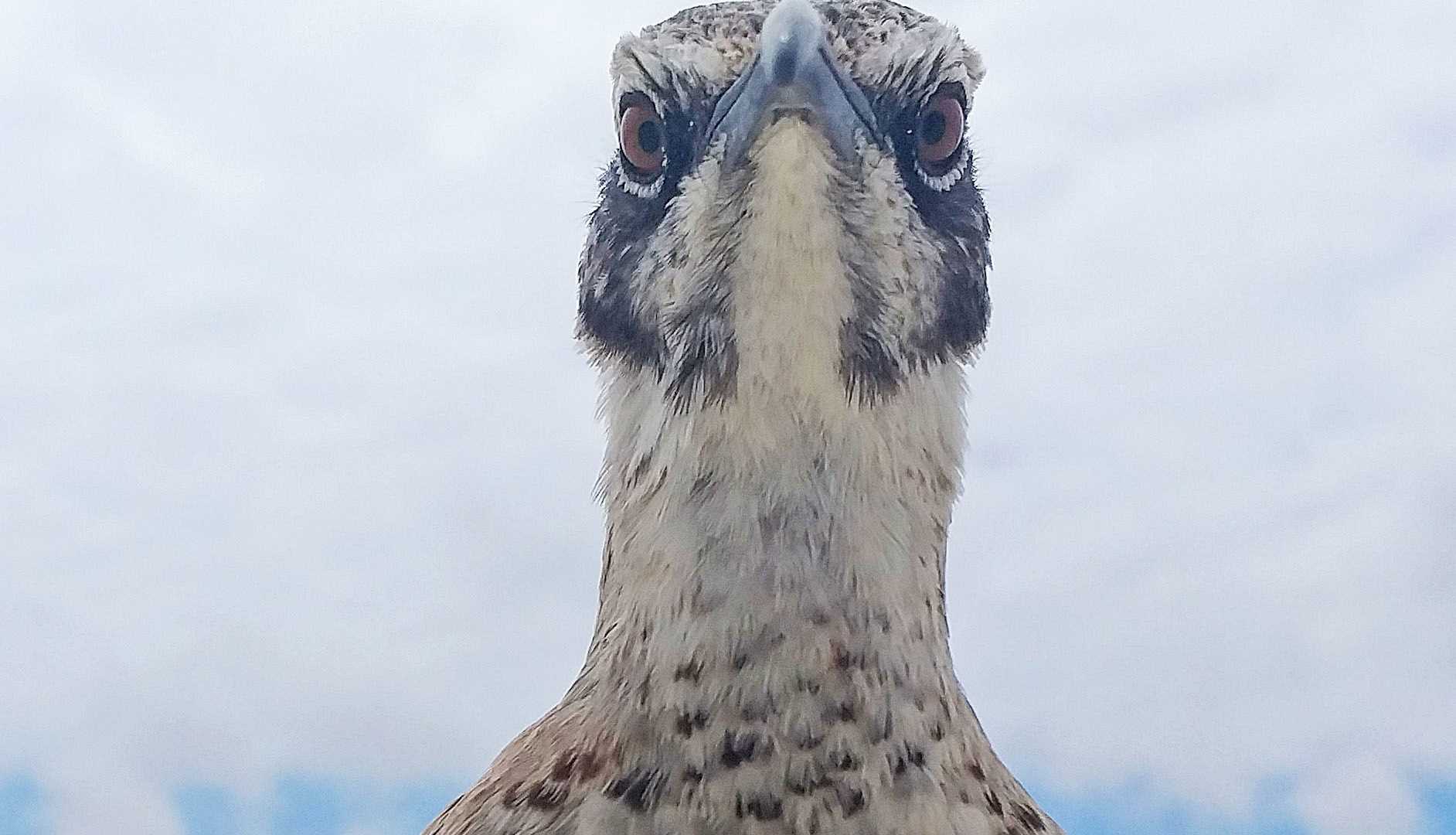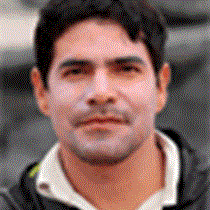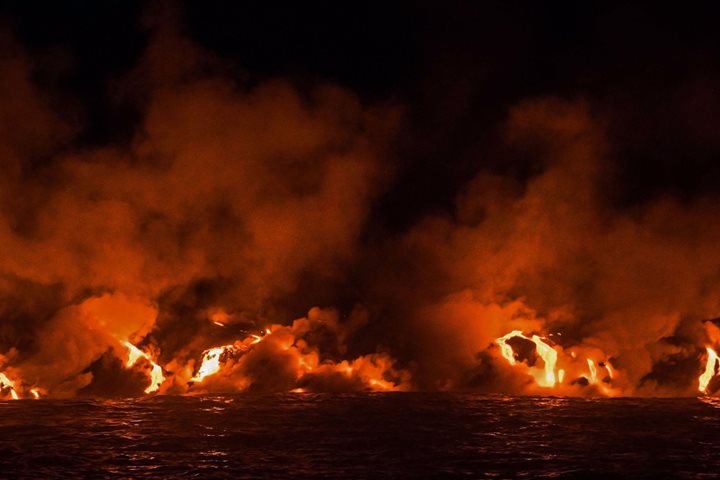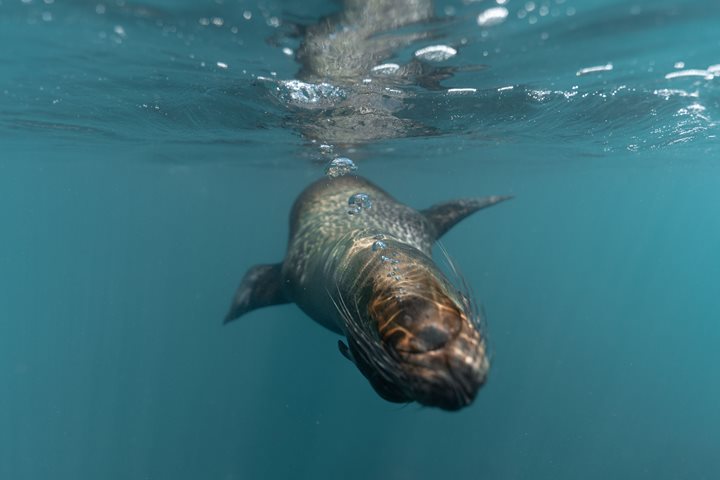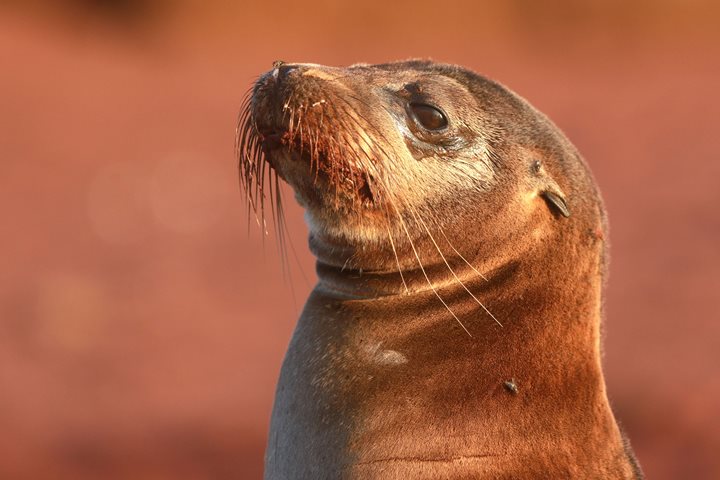Today, on our first full day of expedition, we awoke in the northern side of Española Island. Kayaking was offered, and for some of our avid, intrepid guests, early exploration of Gardner Bay’s shoreline was eagerly selected. Guests had a lot of fun and these were great ways to begin our day. After breakfast, we had a wet landing on a white-sand beach called Gardner, where curious sea lions and mockingbirds approached us. Given that animals in the Galapagos show no fear of humans, the experience for many visitors is quite unique. Sea lions, for instance, can be observed very closely and are incredibly playful.
More activities came later, and the more experienced swimmers went snorkeling around the deep waters of Gardner Islet. The visibility was great, and we encountered many marine turtles, multicolored fish, eagle rays, lobsters, many kinds of sea stars, sea urchins, and coral of various colors. Española is the oldest of the Galápagos Islands, and as it lays isolated by the currents in the southeast of the archipelago. Española Island has the highest rate of endemism in the Galapagos, and perhaps the whole planet! 90 percent of the species found in the island are endemic, while the normal rate of endemism is about five percent.
In the afternoon, we had a dry landing at Punta Suarez. This is the only place where you can see waved albatrosses on land. We found a few adult albatrosses and just one juvenile; these are the last two weeks that we can find them here. In January, they all begin their migration south to Peru and Chile and return the first week of April to reproduce and ensure the survival of the species. Punta Suarez is one of the most beautiful visitor sites in the Galapagos – filled with wildlife such as finches, mockingbirds, hawks, reptiles, and varying seabirds. Additionally, groups of sea lions this time of the year deliver their pups and cover the coast; they play in nurseries along the intertidal area. This day’s visit has been amazing and has set the mood for what is to come!

